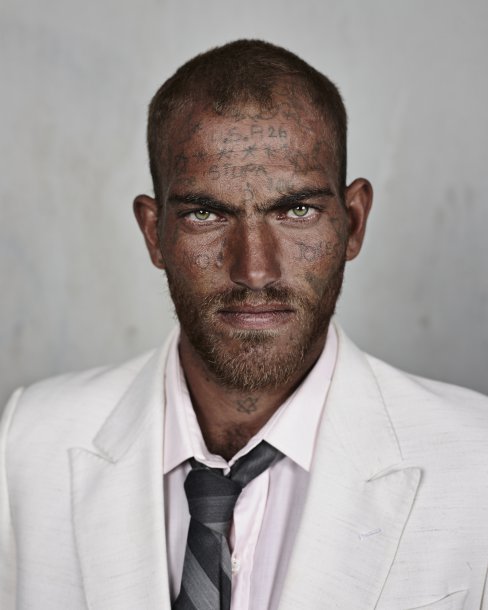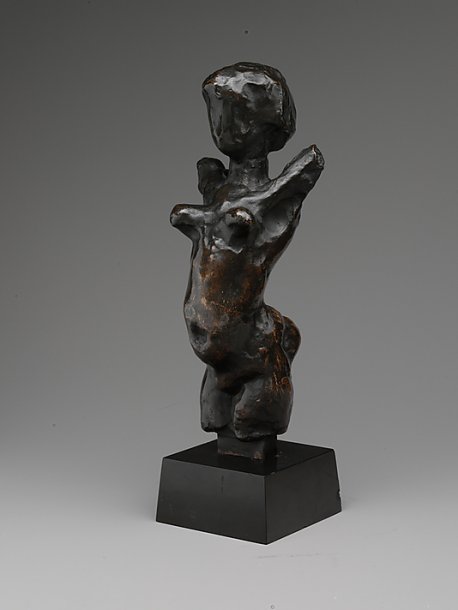Parentes - o novo trabalho de Pieter Hugo
Published30 Aug 2013

Daniel Richards, Milnerton, 2013
"Kin" é o nome da exposição que o fotógrafo sul africano Pieter Hugo apresenta em Nova Iorque, a partir de 6 de Setembro. Kin é uma reflexão sobre a diferença entre os ideais e a práticas sociais.
Pieter Hugo é um dos artistas de "Present Tense" e também o vencedor da "9ª Edição dos Encontros de Fotografia de Bamako", trabalhos que podem ser vistos até 1 de Setembro em Lisboa.
“... South Africa is such a fractured, schizophrenic, wounded and problematic place. It is a very violent society and the scars of colonialism and Apartheid run deep. Issues of race and cultural custodianship permeate every aspect of society here and the legacy of Apartheid casts a long shadow ... How does one live in this society? How does one take responsibility for history, and to what extent does one have to? How do you raise a family in such a conflicted society? Before getting married and having children, these questions did not trouble me; now, they are more confusing."

